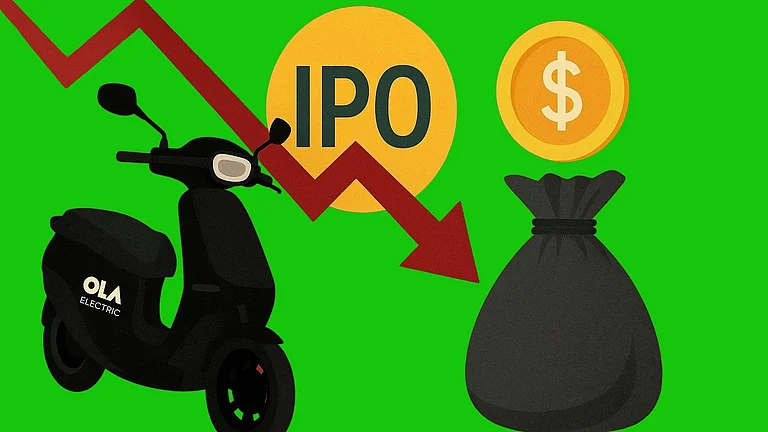The central government has updated its guidelines for cab aggregator platforms amid ongoing talks about surge pricing issue. As per the latest rule, Ola, Uber, and Rapido can now charge up to twice the base fare during peak hours – an increase from the previous cap of 1.5 times. During the non-peak hours, fares should not fall below 50% of the base rate.
Ola, Uber Can Now Charge 2x Fare During Peak Hours Under New Govt Rules
The Centre has revised its guidelines for platforms like Ola, Uber, and Rapido, now permitting them to charge up to 2x the base fare during peak hours and mandating minimum pricing during off-peak hours. States have been asked to adopt these norms within three months
The government has also advised states to adopt the revised guidelines in the next three month. The guidelines ‘Motor Vehicles Aggregator Guidelines (MVAG) 2025’ was issued by the Ministry of Road Transport and Highways on Tuesday.
State governments will be tasked with setting the base fares for various vehicle categories such as taxis, auto-rickshaws, and bike taxis. In case a state has not defined these fares, the aggregator must submit their proposed base fare to the respective state authority.
For instance, the base fare for taxis is approximately ₹20–21 per km in Delhi and Mumbai, and around ₹18 per km in Pune. And in case of ride cancellations, the government has introduced a penalty of 10% of the fare, with a cap of ₹100, for drivers who cancel rides without specified reasons. Similarly, passengers will also be charged for the same.
In addition, insurance coverage is also mandatory for all drivers affiliated with cab aggregators under the new rules. Every driver must have a health insurance cover of ₹5 lakh and a term insurance policy of ₹10 lakh.
The ministry has also clarified that dead mileage charges, covering the distance a driver travels to reach the passenger, will only apply if the pick-up location is within 3 km. In such instances, the fare may be calculated from the driver's starting point.
This move brings relief to bike taxi operators, such as Rapido and Uber, who have long operated in a legal grey area, especially in states like Karnataka, where a recent ban on bike taxis had led to increased tensions and widespread protests.
Uber, Rapido Hail New Guidelines
Major industry players, including Uber and Rapido, have welcomed the move, acknowledging its potential to drive innovation, expand affordable mobility, and create new livelihood opportunities.
Uber lauded the guidelines as a "forward-looking step toward fostering innovation and regulatory clarity." "Timely adoption by states will be key to ensuring uniform implementation and building much-needed predictability for all stakeholders. We commend the Ministry for its consultative and balanced approach, and remain committed to working closely with governments at all levels to support effective and inclusive rollout of the framework," an Uber spokesperson said, as quoted by PTI.
Rapido specifically welcomed the operationalisation of Clause 23 of the MVAG 2025. This clause permits the aggregation of non-transport motorcycles for passenger journeys, a move Rapido described as a "milestone in India's journey towards a Viksit Bharat".
"By recognising non-transport motorcycles as a means of shared mobility, the Government has opened the door to more affordable transportation options for millions, especially in underserved and hyperlocal areas...the move will also help address pressing challenges such as traffic congestion and vehicular pollution, while expanding the reach of last-mile connectivity and hyperlocal delivery services," Rapido said in a statement, as reported by PTI.
The policy shift will act as a catalyst for creating lakhs of flexible livelihood opportunities for riders across urban and rural India, promote shared and low-emission transport in line with India's climate commitments and formalise the gig economy with technology-backed platforms and regulatory support, it added.


